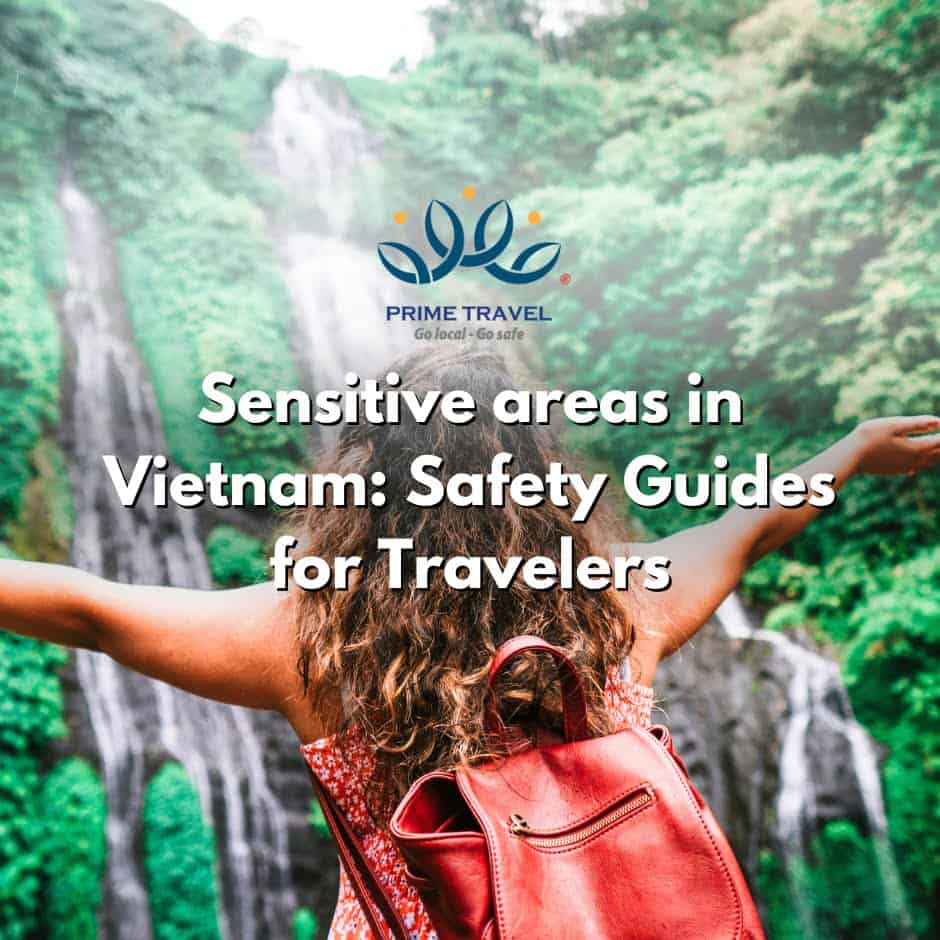
Sensitive areas in Vietnam: Safety Guides for Travelers
Vietnam is a country of natural beauty, with stunning landscapes that attract tourists from all over the world. However, there are some areas where travelers should avoid. In this article, Prime Travel Vietnam will provide you with sensitive areas in Vietnam which may be off-limits to tourists for a variety of reasons, such as military activity, landmines, or border zones.
In addition, information about the restrictions on drone operations is also provided. This information is important for tourists who are considering using drones to explore Vietnam’s natural landscapes.
1. Non-tourist or Residential Areas
1.1. Vietnam Military Zones:
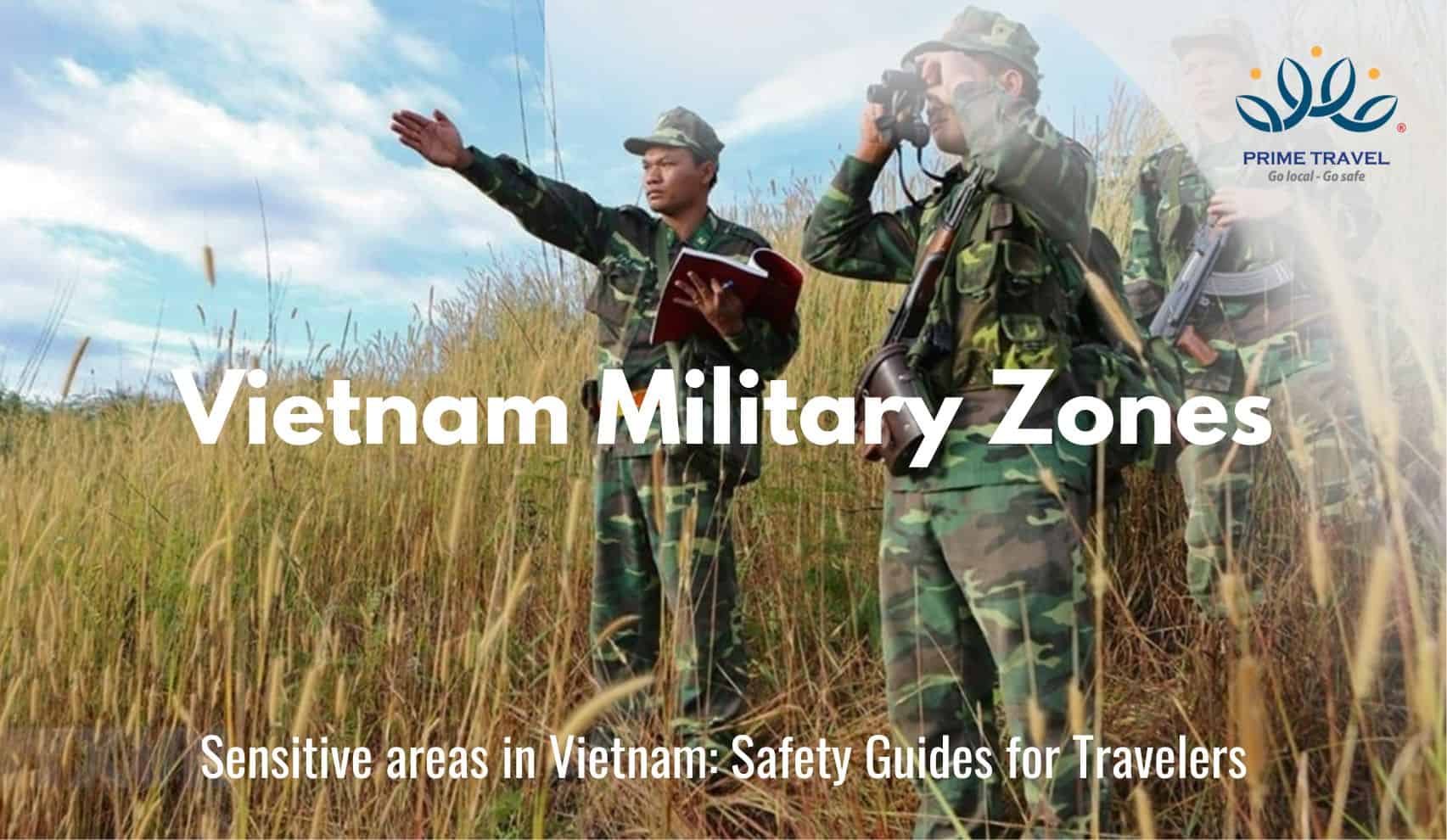
Vietnam Military Zones
It is prohibited to travel near sensitive areas in Vietnam like military facilities. This includes taking pictures, approaching, or throwing objects into these areas. Military zones are often unmarked, so it is important to stay away from any areas that look like they could be military property. If you are caught in a military zone, you could be arrested.
1.2. Vietnam Borders:
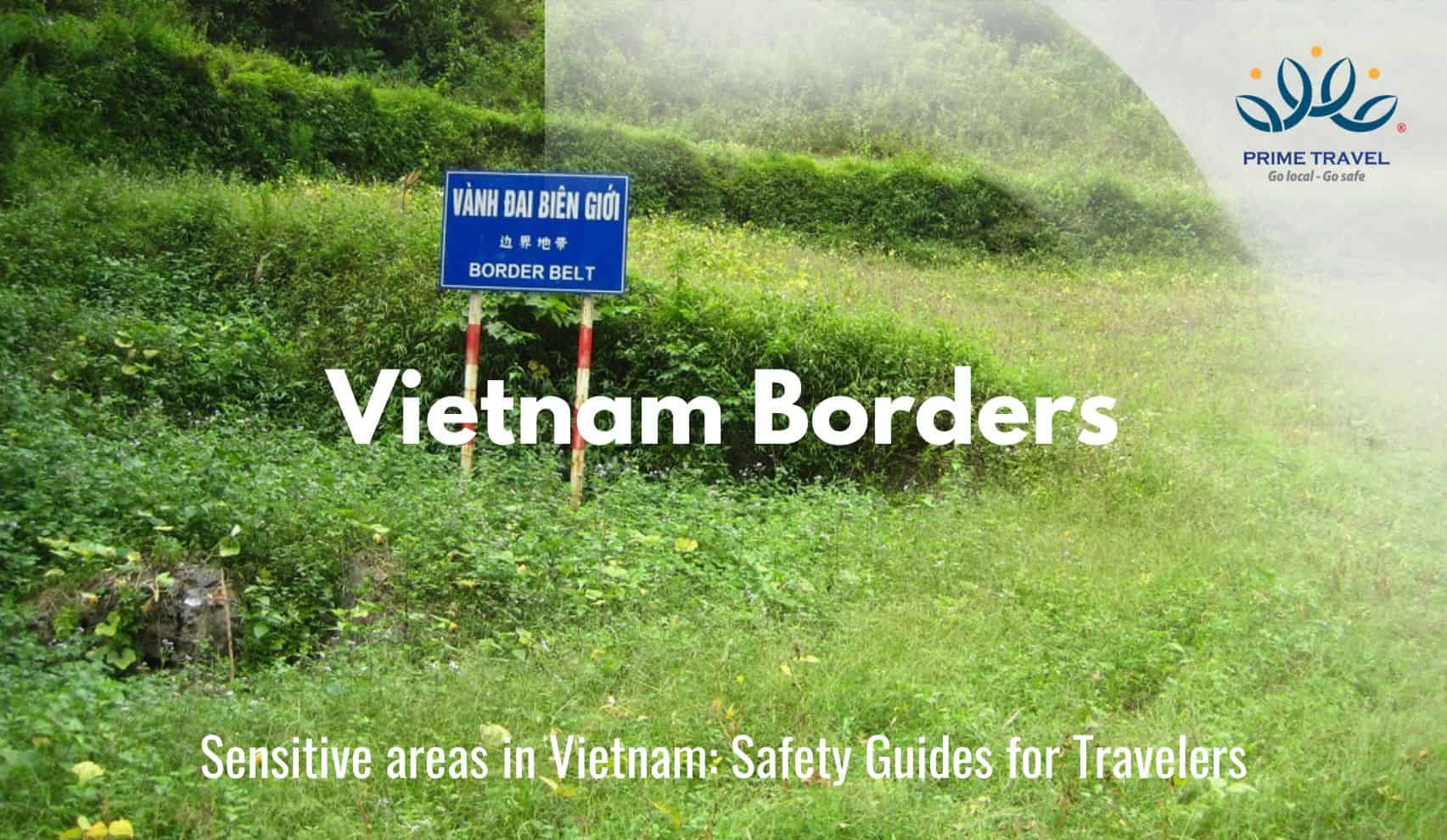
Vietnam Borders
Traveling near the borders of Vietnam, especially the borders with Laos and Cambodia, is also very dangerous and such border regions are supposed to be sensitive areas in Vietnam. There are parts of the border that are not clearly defined, and you could accidentally enter another country. This is a serious offense, and you could be attacked or imprisoned for trespassing.
Here are some safety tips for travelers who want to explore non-tourist areas or residential areas in Vietnam:
- Stay away from military zones and borders. Stay on the marked trails and don’t wander off into unfamiliar territory. If you are in doubt, err on the side of caution and avoid sensitive areas altogether.
- Be aware of your surroundings and pay attention to any signs that may be posted, as they may warn of dangerous or restricted areas. These signs may be faded or hidden, so you need to observe them carefully before exploring an unusual area.
- Be on the lookout for potential dangers, such as landmines or unexploded ordnance.
- Do not take pictures of anything that could be considered sensitive, such as military installations or government buildings.
- If you are not sure whether an area is safe to enter, ask a local for help.
2. Drone Restrictions
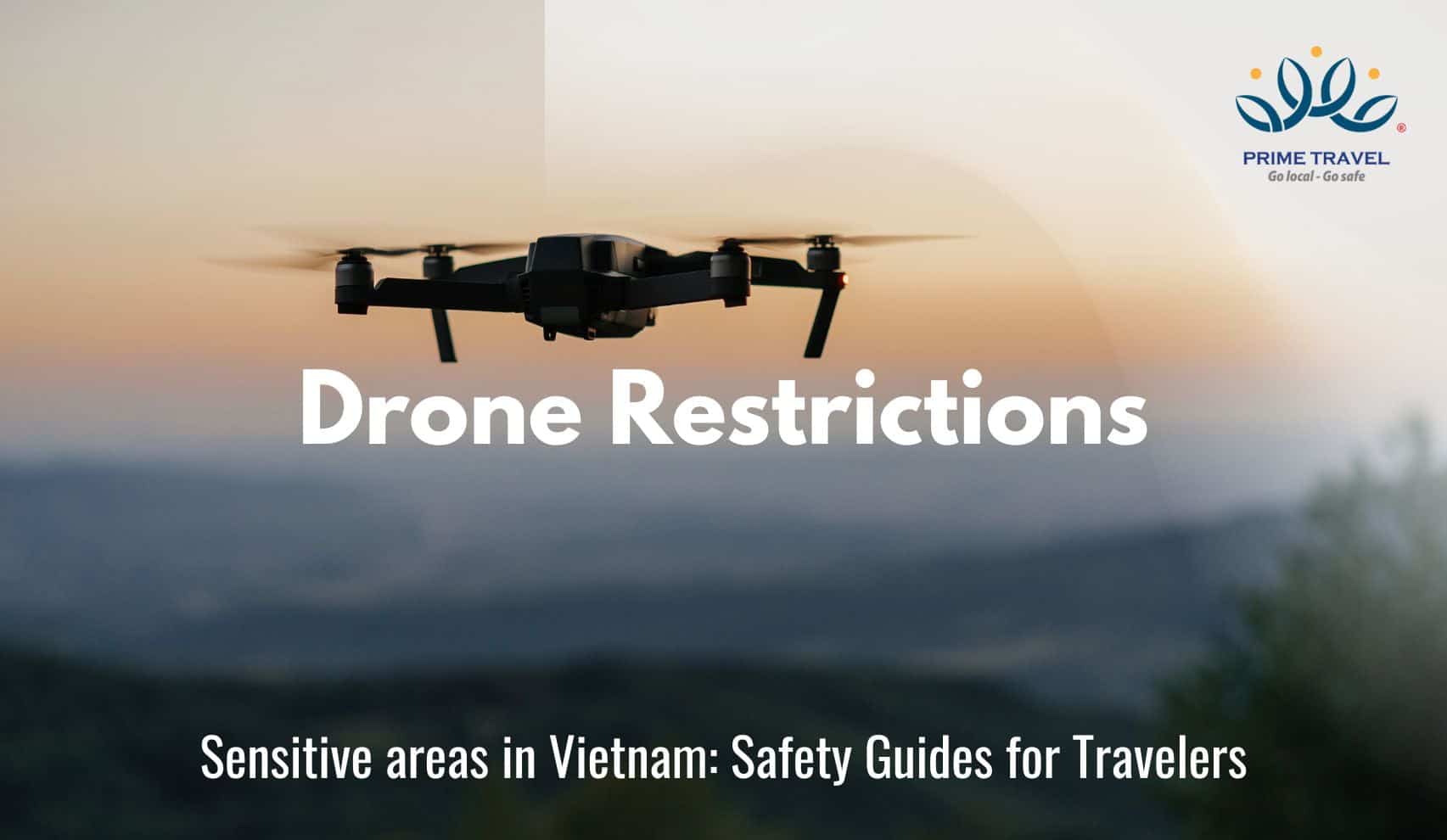
Drone Restrictions
Drones and flycams are becoming increasingly popular for travelers, but there are some restrictions on their use in Vietnam:
- Drones and flycams are only allowed to fly at an altitude of less than or equal to 120m, and they are prohibited in densely populated areas. In some cases, drones and flycams may be allowed to fly in restricted zones if they meet the licensing organization’s requirements.
- Drones and flycams are also prohibited from flying within 25,000m of the China-Vietnam border, 10,000m of the Vietnam-Laos border, and 10,000m of the Vietnam-Cambodia border.
- Drones and flycams are forbidden in prohibited zones at airports or airports where civil and military aircraft are in operation.
- Sensitive areas in Vietnam that banned drones and flycams include defense and security areas, military zones, headquarters of state and government agencies, consulates, and representative offices of international organizations. (Flycams are allowed to fly at least 200m – 500m horizontally away from the boundary of these restricted areas at all altitudes depending on the area)
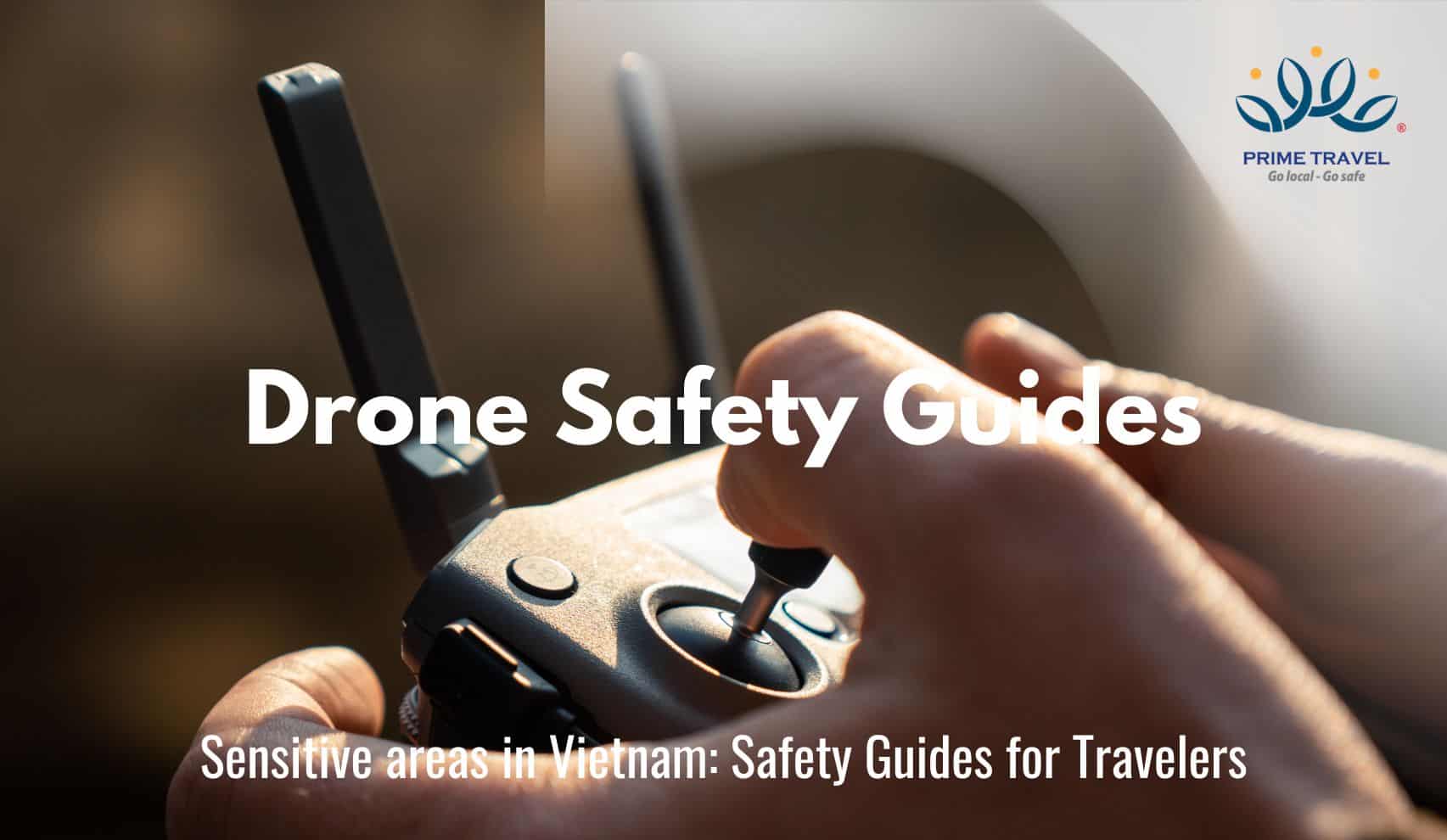
Drone Safety Guides
Safety Guides for Travelers using Drones and Flycams:
- If you are planning to use a drone in Vietnam, it is important to check with the local authorities before you fly. You could have your drone confiscated or even be arrested if you fly it in prohibited sensitive areas in Vietnam.
- Starting from July 2025, get permission from the authorities before bringing and using a drone/flycam. At some historical sites, you need to contact the management in advance to get permission to use drones và flycams.
- Fly your drone at a safe altitude and avoid flying near people or sensitive areas.
- Travel with a local who understands the laws and rules of using drones và flycams when you travel in Vietnam to avoid unnecessary trouble.
Are you someone who loves exploring Vietnam and wants to use drones and flycams in Vietnam? Read the tips above about sensitive areas in Vietnam and drone restrictions to help you have a safe and enjoyable experience. If you need a local companion for your trip to Vietnam, contact Prime Travel Vietnam. We look forward to bringing you the “Go local, go safe” experience for your trip to Vietnam!
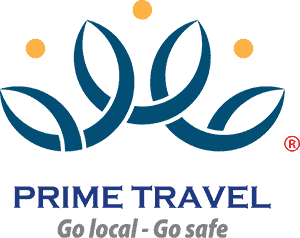

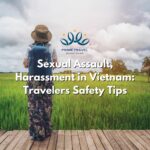
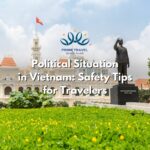


Don
May 31, 2024 at 12:41 pmWell done everybody.